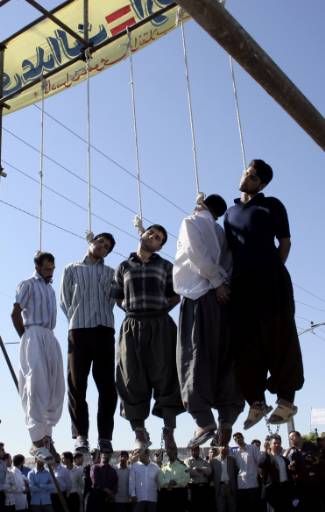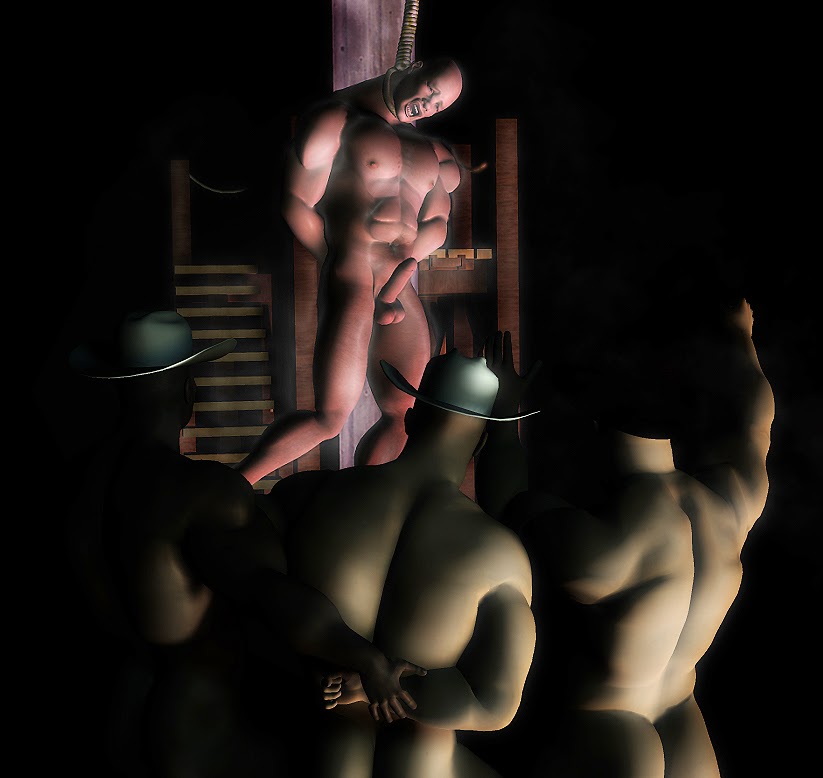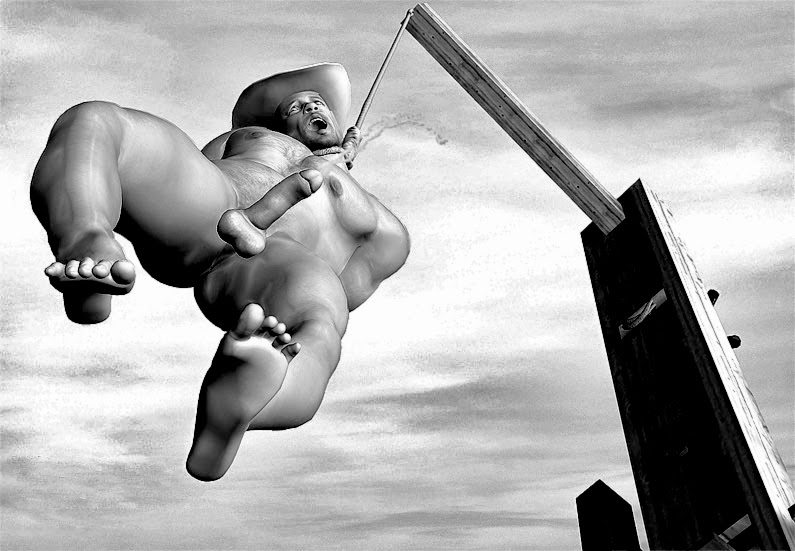There is a long and varied history throughout different cultures and civilizations that invite members of the public to witness men hung by the neck until dead. The practice of public hangings dates back to ancient times, where it was often used as a means of retribution and deterrence for crimes committed. In modern times, public hangings became widespread in the 18th and 19th centuries in Europe and North America, with some communities holding weekly or even daily public executions.
The cultural significance of public hangings varied widely depending on the time and place. For some, it was seen as a way to enforce the law and maintain social order. In others, it was a form of entertainment, with people coming to watch the spectacle like they would a play or a sporting event. For some cultures, it is even considered a religious duty (such as in present-day Iran as caught on camera by news photographers.)
However, people throughout history have been disgusted by the public hangings, seeing this practice as inhumane and barbaric. In the 19th century, the popularity of public hangings began to decline as people began to question the morality of state-sanctioned killings and the idea of using public executions as entertainment.
Today, with the exception of Iran, public hangings are almost universally condemned and hanging men by the neck until dead has been replaced with less violent forms of punishment.
The psychology behind why some individuals (especially men) may be drawn to witnessing public hangings is complex. Male witnesses to public hangings are motivated by a range of factors, including a desire for justice, a fascination with death and violence, or even a desire to be part of an angry crowd.
But regardless of the individual motivations, the fact remains that the social and cultural factors that contribute to the acceptance or rejection of public executions play a significant role in shaping men’s attitudes toward this practice.
Societal factors that contribute to a community’s acceptance or rejection of public hangings include religious and cultural values, political ideology, and historical context. For example, in cultures that prioritize retribution and punishment as a means of justice, public hangings may be seen as necessary and appropriate. In cultures that value individual rights and freedoms, public executions may be seen as a violation of those principles.
Men can get sexually aroused while witnessing other men hung by the neck until dead. History has shown that sometimes the hanged man gets an erection while being hanged and some hung men have ejaculated one last time as their death overtakes them. The linkage between men getting an erection while witnessing men hung by the neck until dead cannot be denied or disregarded, but this does not mean there is widespread understanding around the world today as to the reasons for that linkage.
Men’s thinking and writing about the final erection of a hung man dates back in literature at least about a century. For example, in his early 20th century novel Ulysses James Joyce includes several mentions of the terminal erection for a doomed man.
Leave a Reply